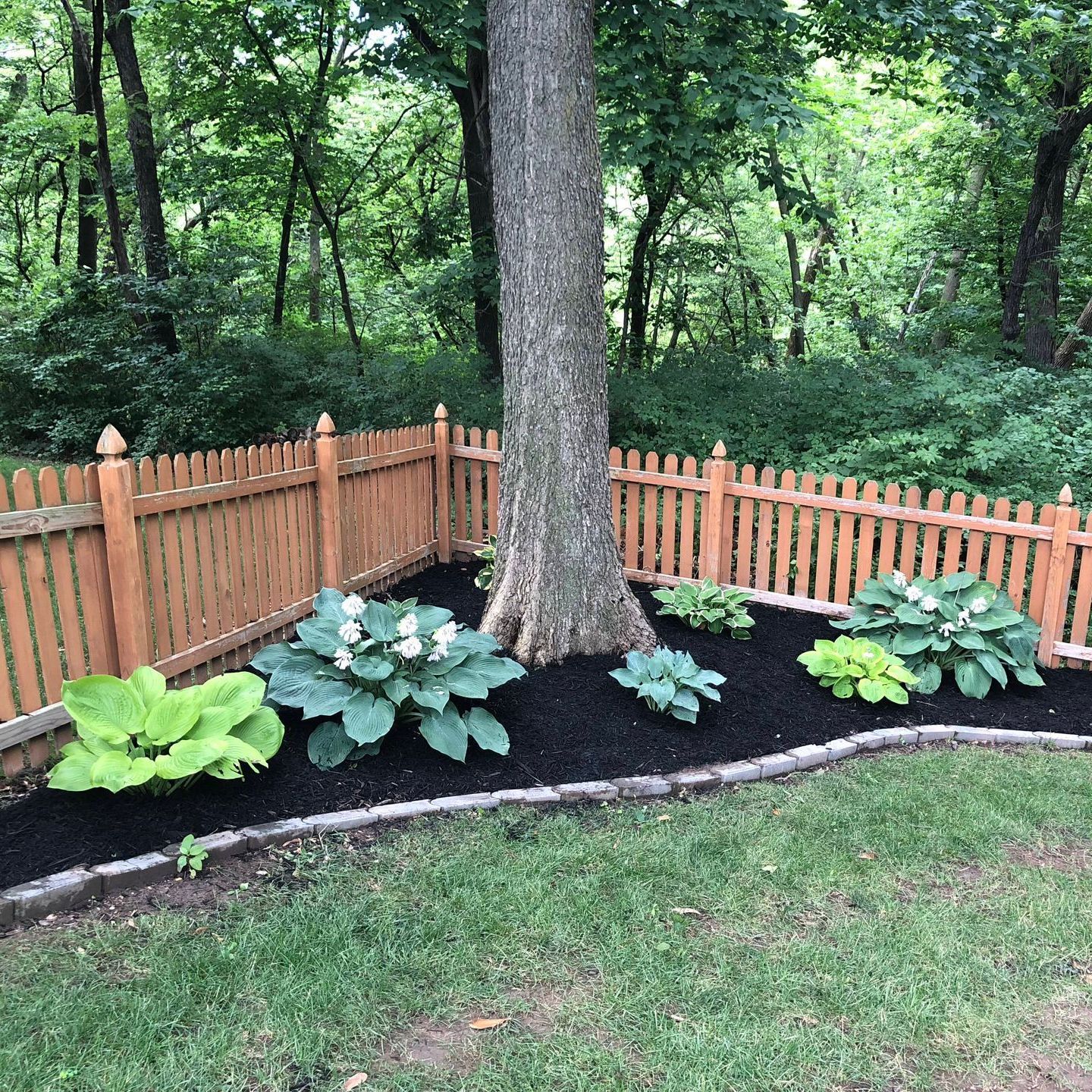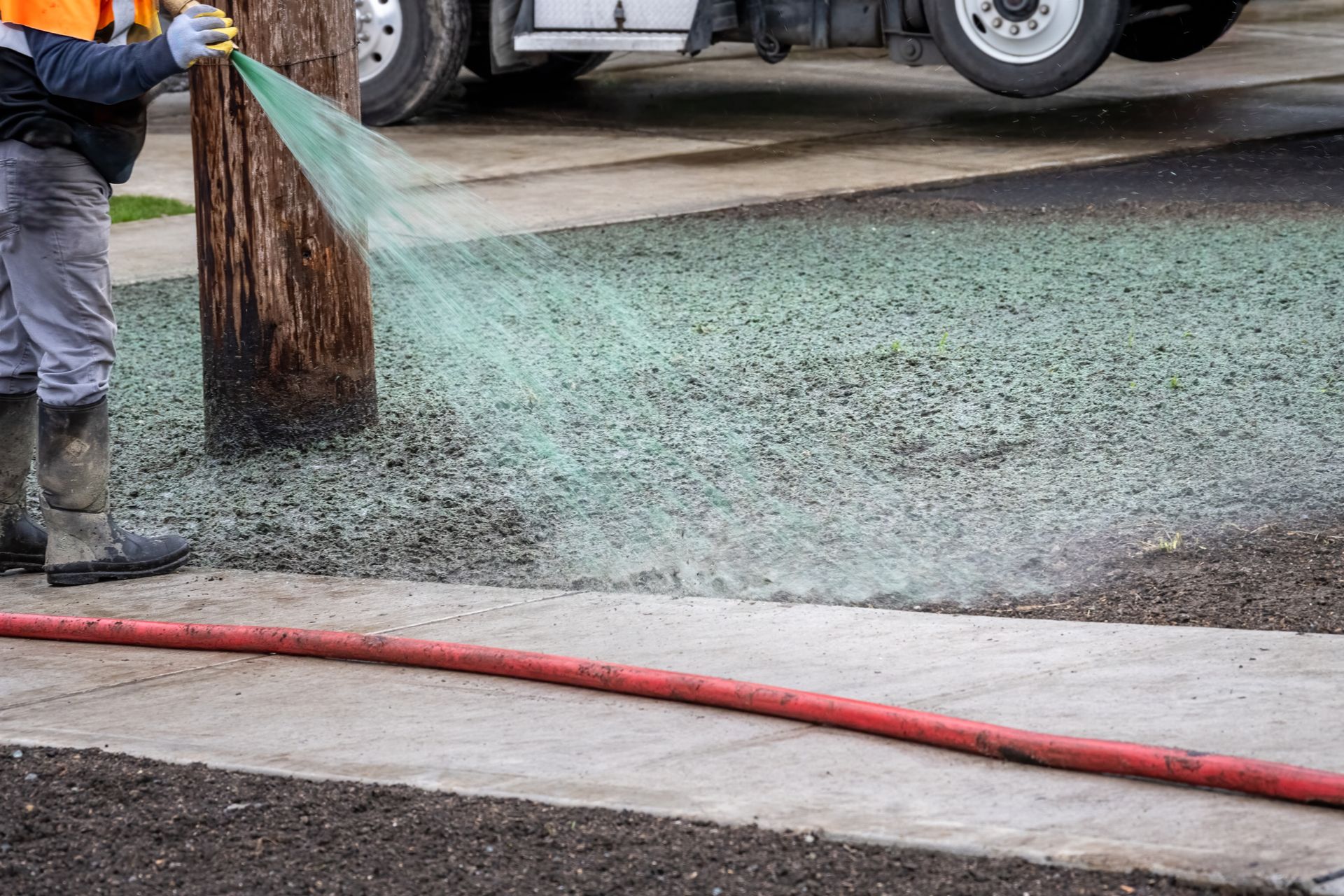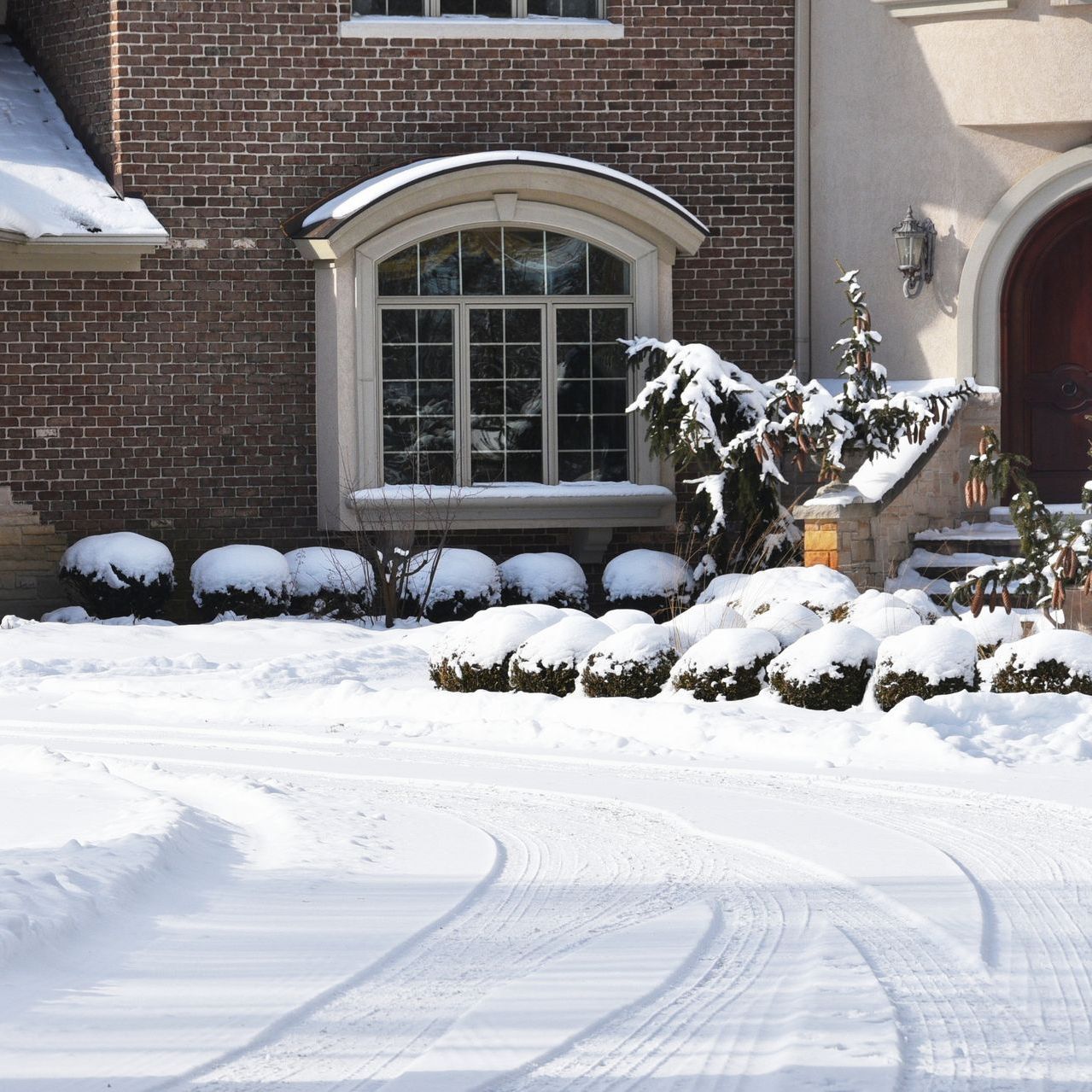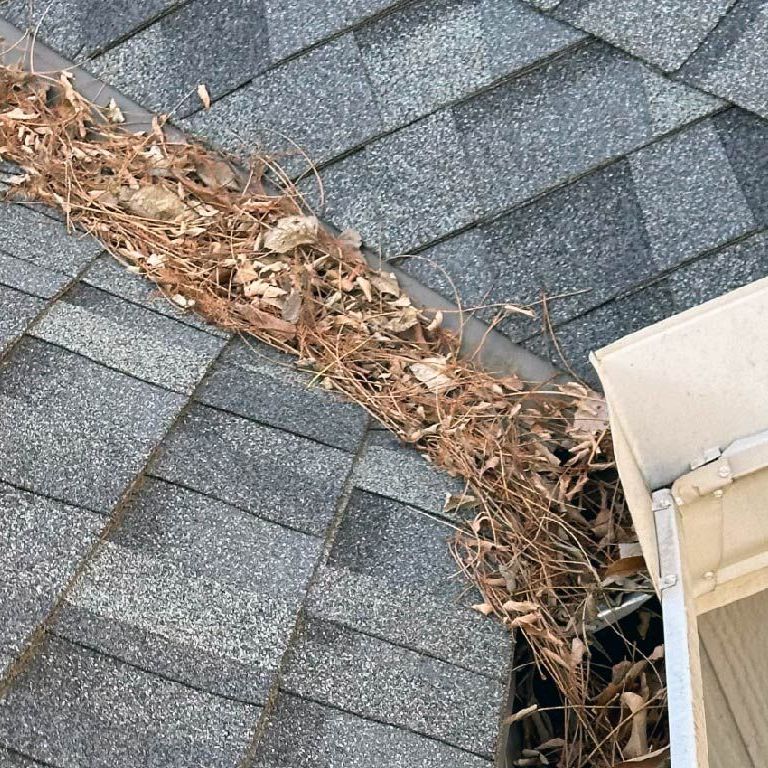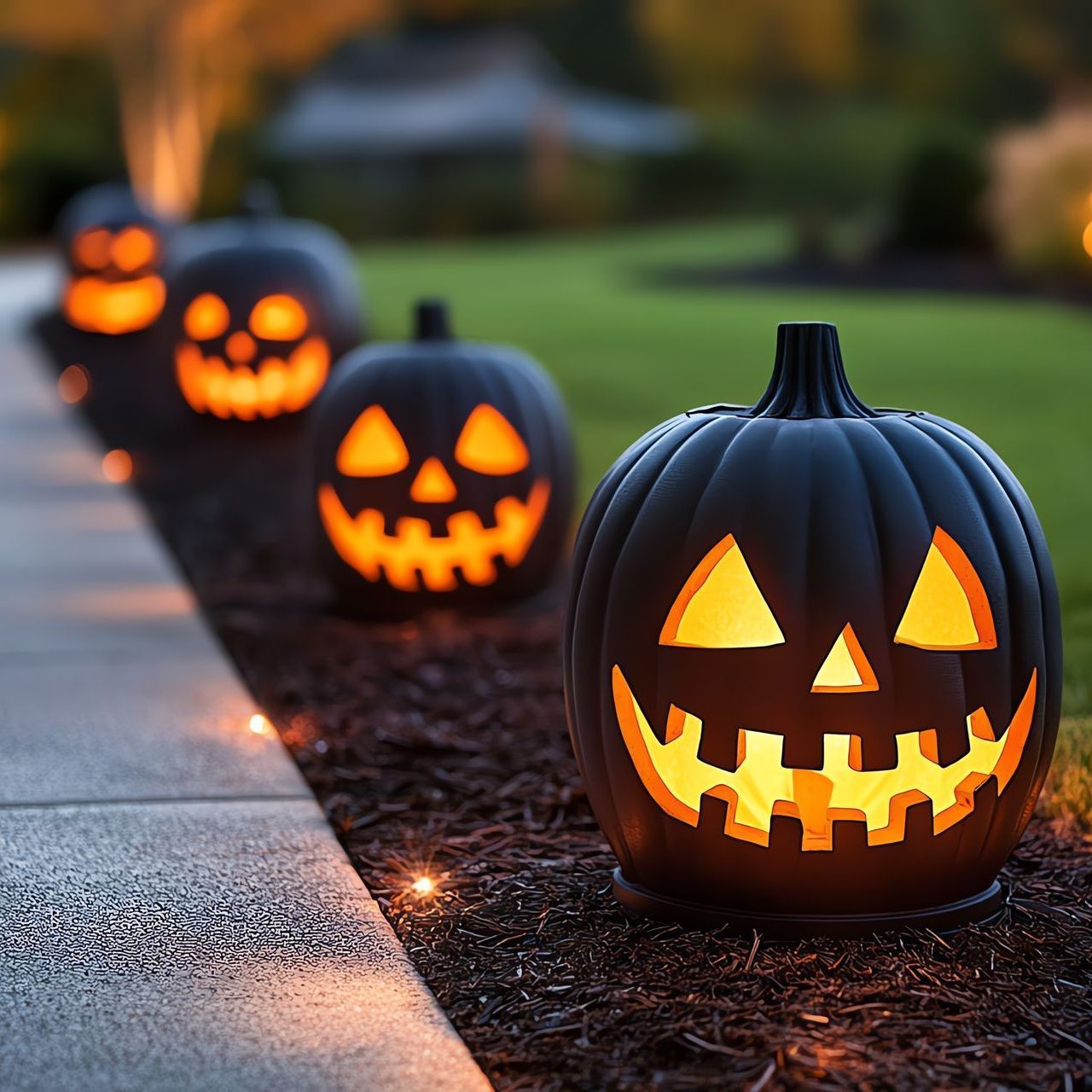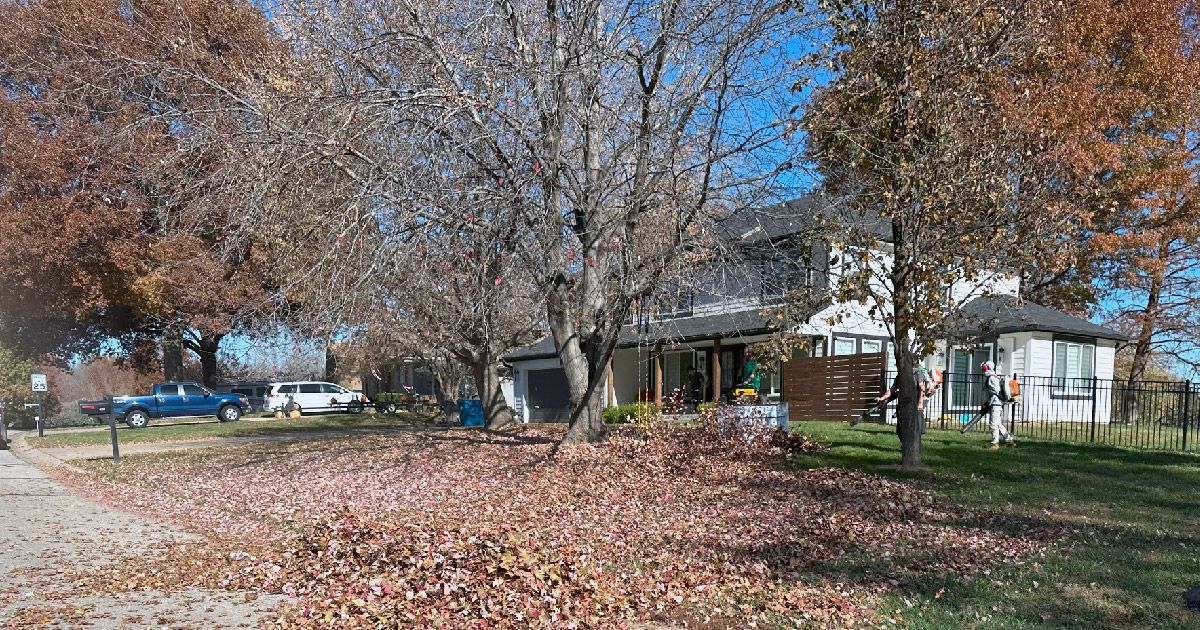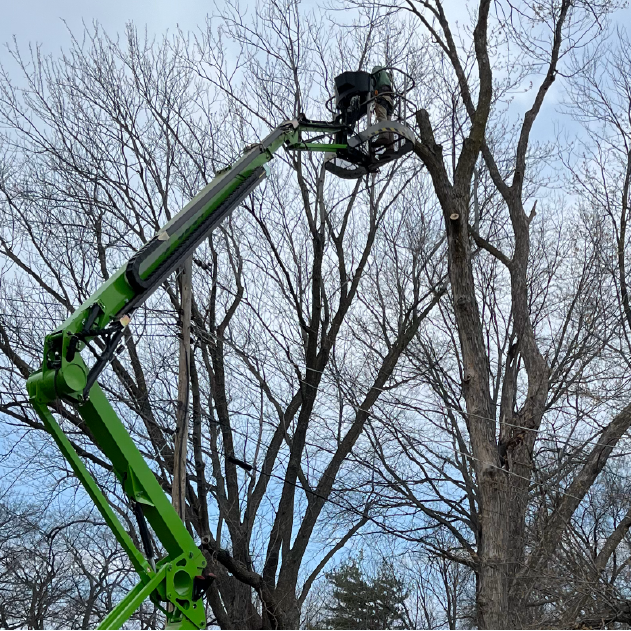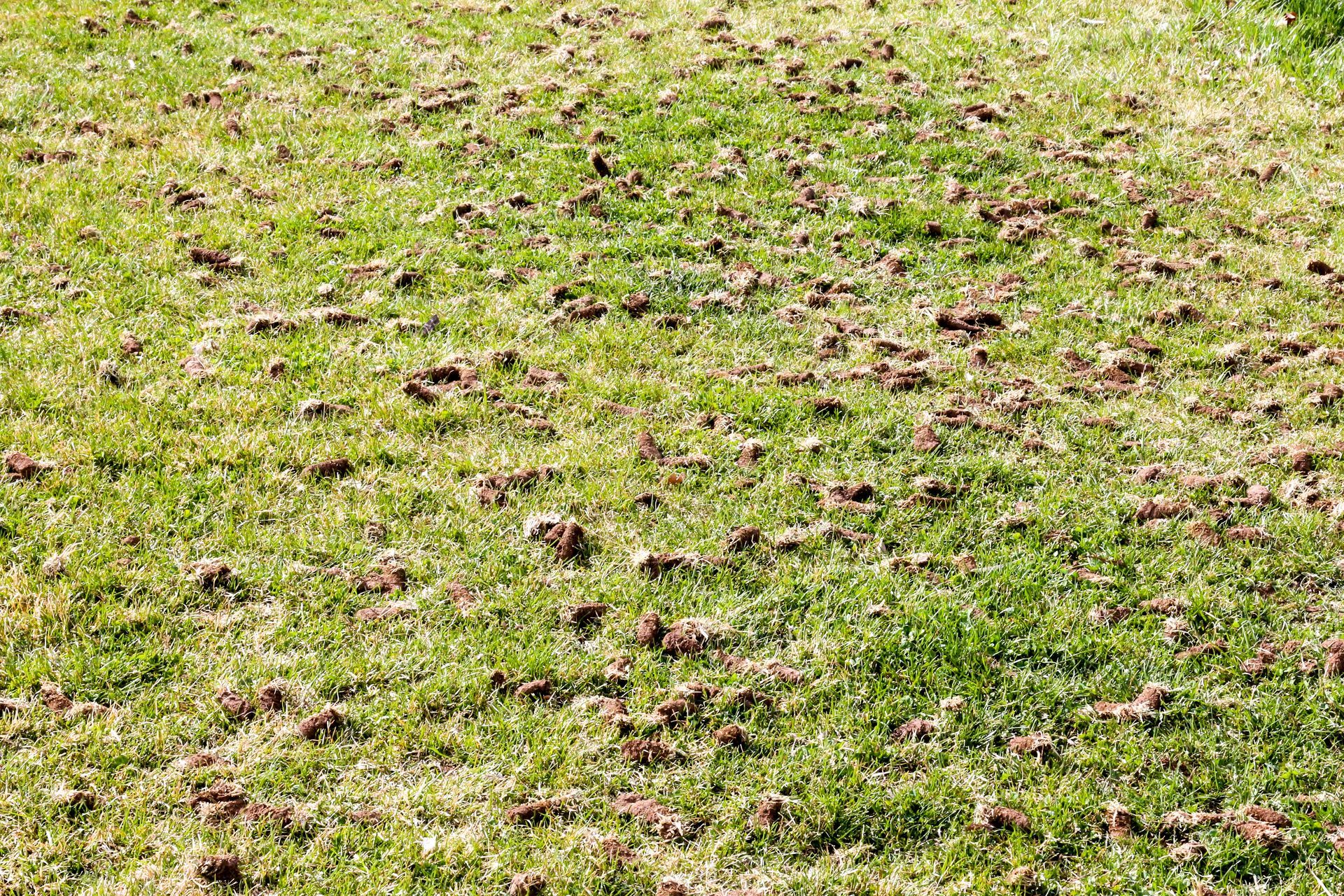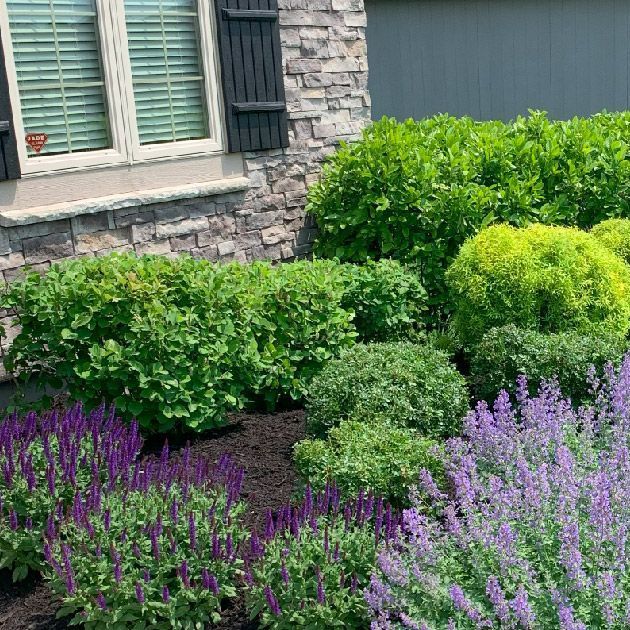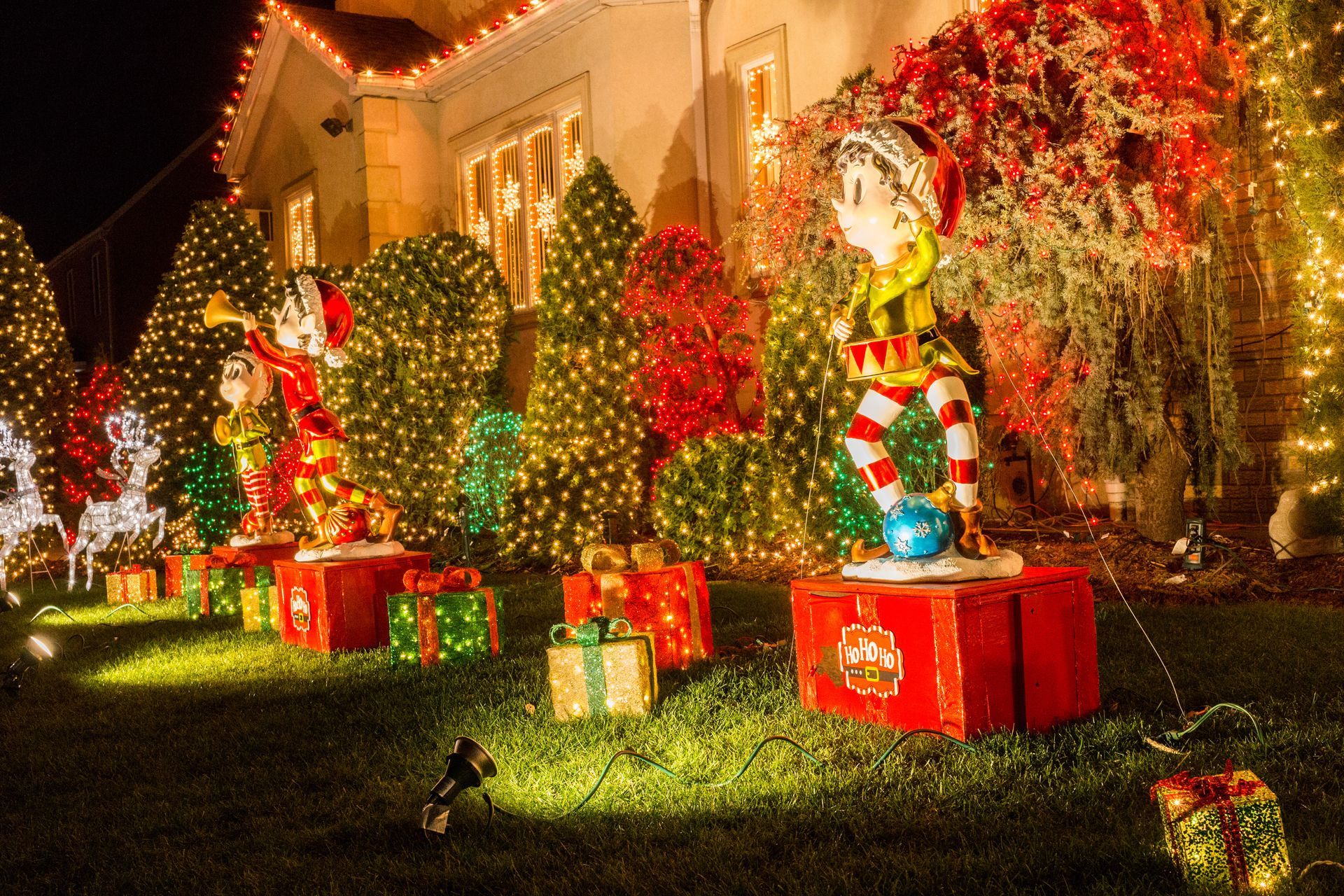Creating a Pollinator-Friendly Garden in Kansas City
Transforming a simple backyard into a bustling habitat for pollinators not only brings a touch of natural beauty to urban settings but also plays a crucial role in maintaining the health of our ecosystem. Homeowners in Kansas City have a unique opportunity to contribute to conservation efforts by cultivating gardens that welcome these vital creatures. Let's explore the steps to establish a garden that thrives and helps pollinators flourish.
Understanding Pollinators
Pollinators come in many forms: bees, butterflies, moths, beetles, birds, and even bats are instrumental in the process of pollination. These creatures transfer pollen from one flower to another, facilitating plant reproduction and ensuring the diversity of our natural food sources. Despite their crucial role, many pollinator species are facing threats and declining numbers. By creating a pollinator-friendly environment, gardeners can support these essential members of our ecosystems.
Choosing the Right Plants
Native Plants for Kansas City
Native plants are the cornerstone of a pollinator-friendly garden. They are adapted to the local climate and soil conditions, require less maintenance, and typically align better with the needs of native pollinators. Some excellent choices for Kansas City gardens include:
- Purple Coneflower (Echinacea purpurea)
- Black-eyed Susan (Rudbeckia hirta)
- Blazing Star (Liatris spicata)
- Wild Bergamot (Monarda fistulosa)
Flowers that Attract Specific Pollinators
Each pollinator has its preferences, so variety is key. For instance, tubular flowers attract hummingbirds, while brightly colored blooms with open petals are beacons for butterflies. Try planting:
- Sunflowers (Helianthus annuus) for bees
- Butterfly Weed (Asclepias tuberosa) for monarch butterflies
Providing Shelter and Water
Creating Habitats for Pollinators
Just as we need homes, so do pollinators. Elements like brush piles, bee hotels, and nesting boxes can offer shelter for various species. Conserving areas of bare ground and decaying logs can also support solitary bees and beetles.
Incorporating Water Sources
A simple birdbath or a shallow dish of water can provide a vital resource. Ensure that any water sources have landing spots for small insects to prevent drowning.
Avoiding Harmful Practices
Reducing Pesticide Use
Chemicals used to target pests can also harm beneficial insects. Explore organic pest control methods and only use pesticides as a last resort, closely following the instructions to minimize impact.
Sustainable Gardening Techniques
Practice crop rotation, composting, and mulching to enrich soil, reduce waste, and decrease the need for chemical fertilizers, which can disrupt pollinator habitats.
Maintaining Your Garden
Seasonal Care Tips
Adjust your efforts with the changing seasons. Spring is a time for planting and cleaning out old nests, while Autumn is for preparing the garden for winter dormancy and providing food sources for overwintering species.
Monitoring Pollinator Activity
Keep an eye on which plants attract pollinators and when they are most active. This observation can guide future gardening choices and practices.
Conclusion
A flourishing pollinator garden is a testament to the harmony that can be achieved between urban living and nature's workings. Beyond the environmental benefits, these spaces invite a sense of wonder and tranquility into our lives. So why not take the first step? Plant a seed for the future—both for the pollinators and the next generation of Kansas City gardeners eager to make a difference right in their backyards. Together, we can create a mosaic of micro-habitats that contribute to the health and beauty of our planet. Also, we are local so give us a call and we would love to help you get started! 816-516-2633
